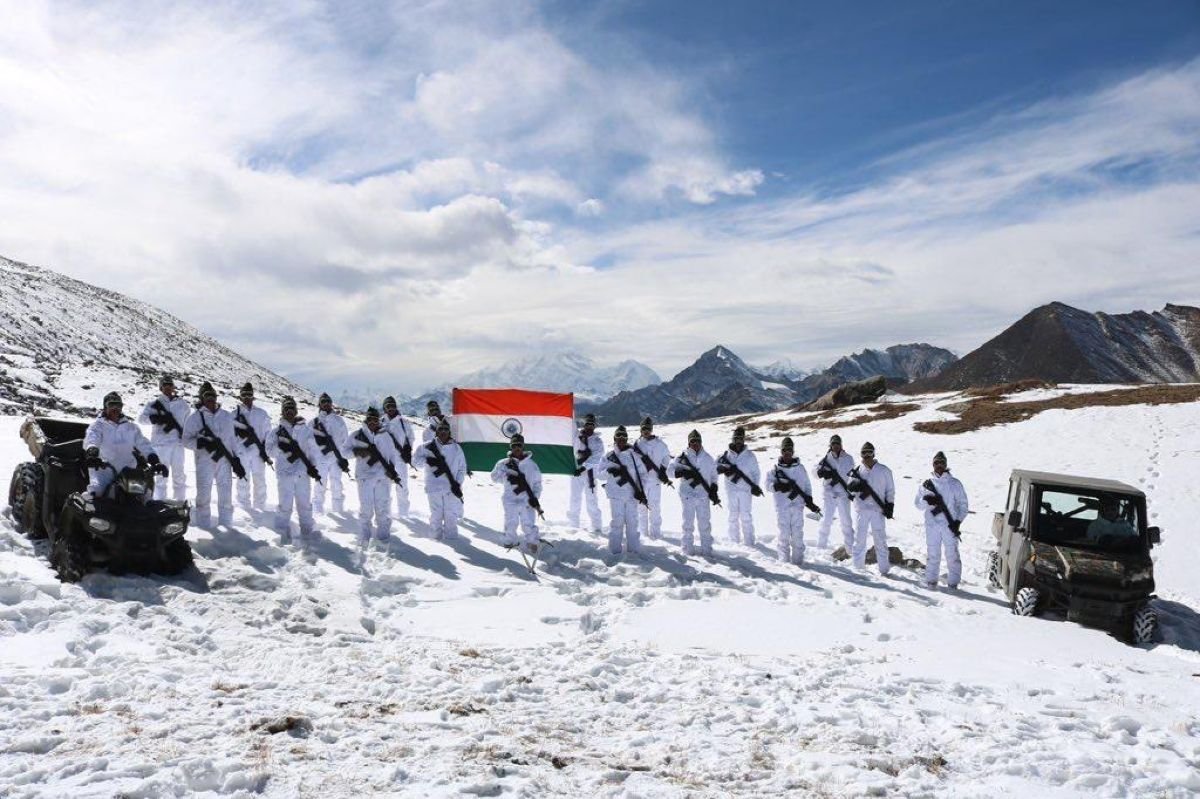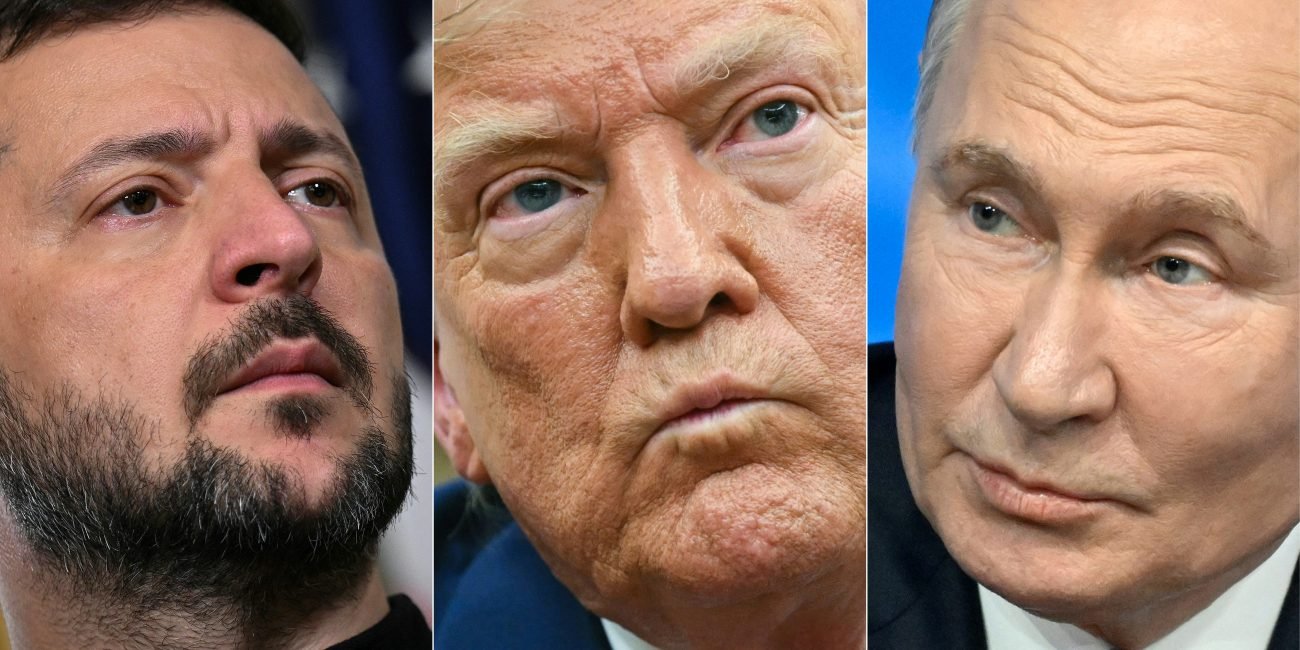The Simla (Shimla) Agreement, signed on July 2, 1972, between India and Pakistan, is a cornerstone of South Asian diplomacy. Forged in the aftermath of the 1971 Indo-Pakistani War, which led to the creation of Bangladesh, the agreement aimed to establish a framework for peaceful bilateral relations and normalise ties between two nuclear-armed neighbours.
The treaty, signed by Indian Prime Minister Indira Gandhi and Pakistani President Zulfikar Ali Bhutto in Shimla, Himachal Pradesh, sought to end hostilities, resolve disputes peacefully, and lay the groundwork for cooperation.
On April 24, 2025, Pakistan’s National Security Committee (NSC), its top civil-military decision-making body, announced the suspension of the 1972 Shimla Agreement, alongside other bilateral agreements with India, in retaliation for India’s suspension of the Indus Waters Treaty (IWT) on April 23, 2025.
This escalation was triggered by the Pahalgam terror attack in Jammu and Kashmir on April 22, 2025, which killed 26 civilians, including one international tourist. The suspension of the Simla Agreement has thrust it back into the spotlight.
The suspension reignited debates about the Shimla Agreement’s historical significance. In 1972, Indira Gandhi faced criticism from opposition parties, notably the Jan Sangh (predecessor to the BJP), for not converting the ceasefire line into an international border. Atal Bihari Vajpayee, then a prominent opposition leader, protested in Shimla against the agreement, arguing it conceded too much to Pakistan.
F-16 vs Rafale: Pakistan “Threatens” India With Fighting Falcons; Does US-Origin Jet Stand A Change Against IAF’s French Fighters?
The Simla Treaty
The Shimla Agreement emerged from the geopolitical upheaval of the 1971 Indo-Pakistani War. The war was triggered by Pakistan’s brutal suppression of the Bangladesh Liberation Movement in East Pakistan, leading to a humanitarian crisis and the displacement of millions of refugees into India.
India’s military intervention, supporting the Mukti Bahini (freedom fighters), resulted in a decisive victory, with the surrender of over 93,000 Pakistani soldiers and the creation of Bangladesh.
The war left Pakistan diplomatically and militarily weakened, necessitating negotiations to address post-war issues such as prisoner repatriation, territorial disputes, and the future of bilateral relations.
After intense negotiations, the agreement was signed at Barnes Court (now Raj Bhavan) in Shimla. A key sticking point was the status of Kashmir, with India insisting on bilateralism and Pakistan seeking flexibility to internationalise the issue.
IAF Jets Can Hit Pakistan From Central Asia; A Little-Known Overseas Base Emerges Islamabad’s ‘Big Nightmare’: OPED
Personal diplomacy between Gandhi and Bhutto, including late-night discussions, facilitated a compromise that emphasised peaceful coexistence while sidestepping a definitive resolution on Kashmir.

Provisions Of The Simla Agreement
The concise Shimla Agreement contains six key provisions to foster peace and cooperation. These provisions are rooted in sovereignty, bilateralism, and non-interference.
Ukraine Makes Combat Aviation History! Its Sea Drone Shoots Down Russian Su-30 Fighter In Shock Kill
- Bilateral Resolution of Disputes: Both nations committed to resolving all disputes, including the Kashmir issue, through peaceful bilateral negotiations, explicitly rejecting third-party mediation, such as from the United Nations. This clause has been a cornerstone of India’s foreign policy, emphasising that Kashmir is a bilateral matter.
- Establishment of the Line of Control (LoC): The December 17, 1971, ceasefire line was formalised as the Line of Control in Jammu and Kashmir. Both sides agreed to respect the LoC without unilateral alterations, irrespective of their differing legal interpretations. This provision aimed to stabilise the volatile Kashmir region by establishing a de facto boundary.
- Respect for Sovereignty and Territorial Integrity: India and Pakistan pledged to respect each other’s sovereignty, territorial integrity, and political independence and refrain from interference in internal affairs. This clause sought to prevent destabilising actions, such as supporting insurgencies or hostile propaganda.
- Non-Use of Force: Both countries agreed to refrain from the threat or use of force against each other’s territorial integrity, aligning with the principles of the United Nations Charter. This provision aimed to de-escalate military tensions and promote peaceful coexistence.
- Normalisation of Relations: The agreement outlined steps to normalise relations, including resuming communications, trade, cultural exchanges, and people-to-people contacts. It also facilitated the repatriation of prisoners of war and civilians detained during the conflict, marking a humanitarian gesture.
- Recognition of Bangladesh: While not explicitly stated, the agreement paved the way for Pakistan’s eventual diplomatic recognition of Bangladesh as a sovereign nation, resolving a major point of contention post-1971.
Additionally, the agreement included provisions for future meetings between the heads of government to further peace efforts and address unresolved issues. India returned over 13,000 km² of captured Pakistani territory, demonstrating goodwill.
Biggest Test Awaits ‘Make In India’ Weapons As India, Pakistan Could Be Headed For A Limited War; Here’s A List To Watch Out For
Relevance Of The Simla Agreement
The Shimla Agreement remains a pivotal reference point in India-Pakistan relations, shaping diplomatic and strategic interactions for over five decades. Its relevance can be assessed across several dimensions:-
Bilateralism as a Diplomatic Framework: India’s foreign policy bedrock has been the emphasis on bilateral dispute resolution. India has consistently cited the agreement to counter Pakistan’s attempts to internationalise the Kashmir issue at forums like the United Nations. The agreement’s rejection of third-party mediation aligns with India’s stance that external involvement, particularly from Cold War superpowers or the UN, complicates rather than resolves bilateral issues.
Stabilisation of the Line of Control: The formalisation of the LoC provided a pragmatic mechanism to manage the Kashmir dispute. Despite frequent ceasefire violations, the LoC remains the de facto boundary, guiding peace talks and ceasefire agreements. Its recognition through decades of practice has given it international legitimacy, even after the agreement’s suspension.
Humanitarian and Diplomatic Aspect: The agreement facilitated the repatriation of prisoners of war and civilians, addressing immediate post-war humanitarian concerns. It also set the stage for Pakistan’s recognition of Bangladesh, reducing a major source of regional hostility. These outcomes underscored the agreement’s role in de-escalating tensions and fostering dialogue, highlighting its humanitarian and diplomatic achievements.
Challenges to Implementation: Despite its noble intentions, the agreement’s vision of normalised relations has been elusive. Persistent mistrust, cross-border terrorism, and differing interpretations of the Kashmir issue have hindered progress. Pakistan’s attempts to internationalise Kashmir and incidents like the 1999 Kargil War and the 1984 Siachen conflict violated the agreement’s spirit, underscoring its fragility.
Contemporary Context: The agreement’s relevance has been tested by evolving geopolitical dynamics, including the nuclearisation of both nations’ post-1998 and India’s abrogation of Article 370 in 2019, which revoked Jammu and Kashmir’s special status. Pakistan’s suspension of the agreement in 2025 further questions its efficacy, yet India upholds bilateralism as a guiding principle.

Repercussions Of The Suspension
On April 24, 2025, Pakistan announced the suspension of the Shimla Agreement. This move, coupled with the closure of the Wagah border, trade suspension, and airspace restrictions, marks a significant escalation in bilateral tensions. The suspension’s repercussions are multifaceted.
Symbolic and Diplomatic Impact: Pakistan’s suspension is mainly symbolic, as the agreement’s practical relevance has diminished due to repeated violations. The bilateral dialogue mechanism envisioned under the deal has been dormant, with high-level talks suspended after major incidents like the 2019 Pulwama attack. The suspension formalises Pakistan’s shift toward internationalising the Kashmir issue, potentially seeking involvement from the UN, China, or the Organisation of Islamic Cooperation (OIC).
Strategic Implications for the LoC: The suspension raises concerns about the LoC’s status. Pakistan’s non-recognition of the LoC as a de facto border could lead to increased ceasefire violations or attempts to alter the status quo, as seen in past conflicts like Kargil. However, the LoC’s international recognition and India’s military preparedness mitigate immediate tactical consequences.
Regional Stability: The suspension undermines regional stability, particularly in the context of nuclear-armed neighbours. It could escalate diplomatic and military brinkmanship, derailing prospects for dialogue. The closure of cross-border routes and trade further isolates Pakistan economically. At the same time, India’s global diplomatic offensive could weaken Pakistan’s international standing.
Legal and International Perspectives: In international law, the suspension’s impact is limited. The Vienna Convention on the Law of Treaties (VCLT) sets a high bar for treaty termination due to “fundamental changes in circumstances,” and the Shimla Agreement’s “best endeavour clauses” are not strictly binding. The LoC’s status as a de facto border is unlikely to be challenged internationally, and India’s position on bilateralism remains robust. Pakistan’s move may invite criticism for violating international commitments, strengthening India’s narrative of Pakistan’s unreliability.
India’s Strategic Advantage: The suspension paradoxically benefits India by removing diplomatic constraints. India can pursue a harder line against cross-border terrorism, revisit claims over Pakistan-Occupied Kashmir (PoK), and intensify diplomatic efforts to isolate Pakistan. The absence of the agreement may also prompt India to reassess other bilateral treaties, such as visa regimes and trade agreements, aligning them with national security interests.
Challenges and Future Prospects: The Shimla Agreement’s suspension highlights its unfulfilled potential. Deep-seated mistrust, domestic political pressures, and external influences, such as Pakistan’s alignment with China, have consistently undermined its objectives. The lack of a dispute resolution mechanism within the agreement limited its enforceability, and differing interpretations of Kashmir’s status fuelled tensions. Reviving bilateral dialogue will require confidence-building measures, such as ceasefire adherence and counter-terrorism cooperation, though the current diplomatic freeze makes this unlikely.
Conclusion
The Shimla Agreement of 1972 was a bold attempt to reset India-Pakistan relations after a devastating war. Its provisions for bilateralism, the LoC, and peaceful coexistence provided a framework for stability, but its implementation was hampered by mistrust and violations.
While the agreement remained a diplomatic touchstone for decades, its suspension in 2025 reflects its diminished practical relevance. The repercussions, while symbolic, open the door to heightened tensions and strategic recalibrations, particularly for India.
The suspension, Pakistan’s “strategic mistake”, handed India a diplomatic advantage. India can now justify retaliatory measures, such as surgical strikes or economic sanctions, without being bound by the agreement’s constraints.
As South Asia navigates this crisis, the Shimla Agreement serves as both a reminder of peace’s fragility and a lesson in reconciling historical grievances.
- Air Marshal Anil Khosla is a former Vice Chief of Air Staff (VCAS) of the Indian Air Force and AOC in C of Eastern Air Command.
- He tweets at: @AnilKhosla16







